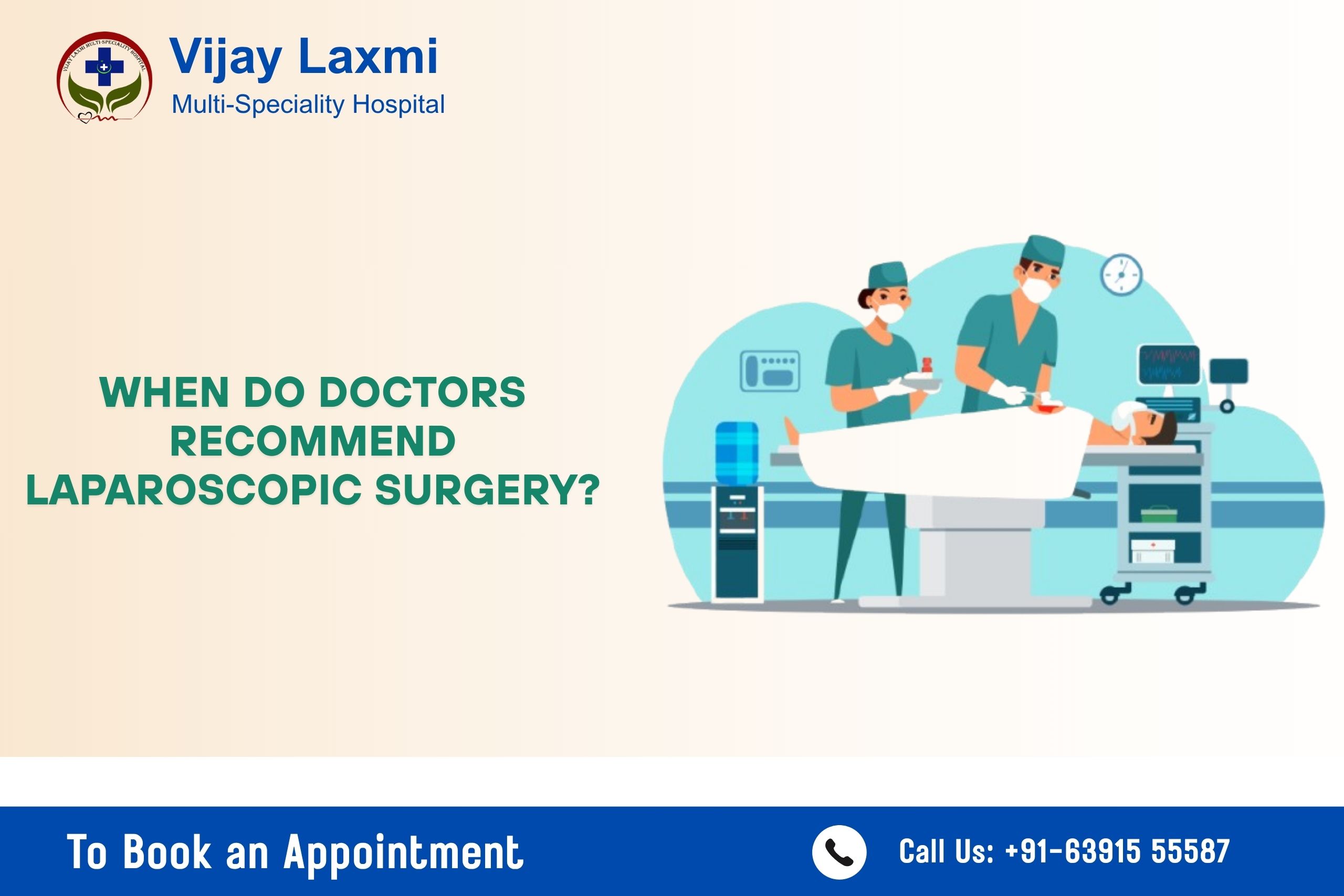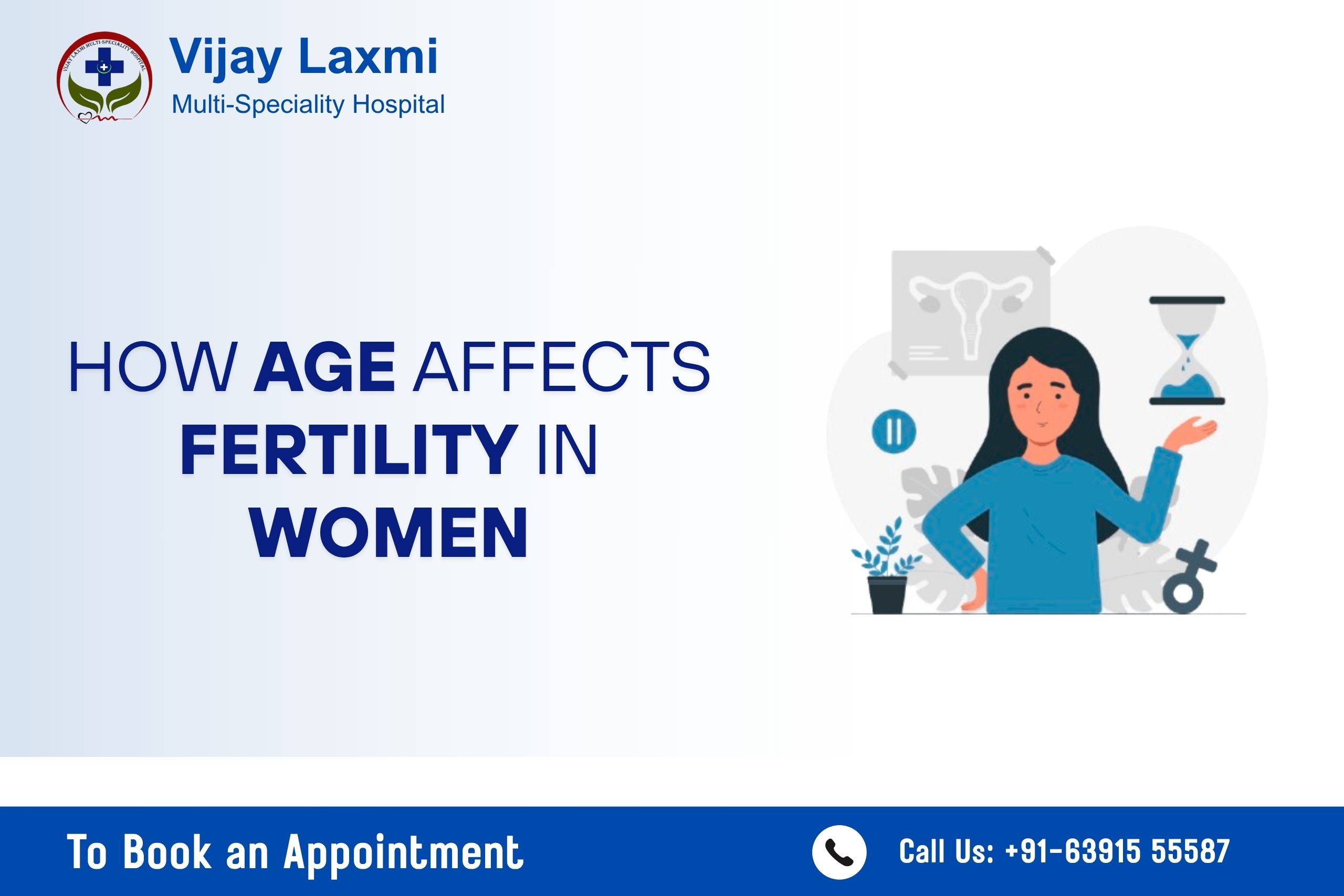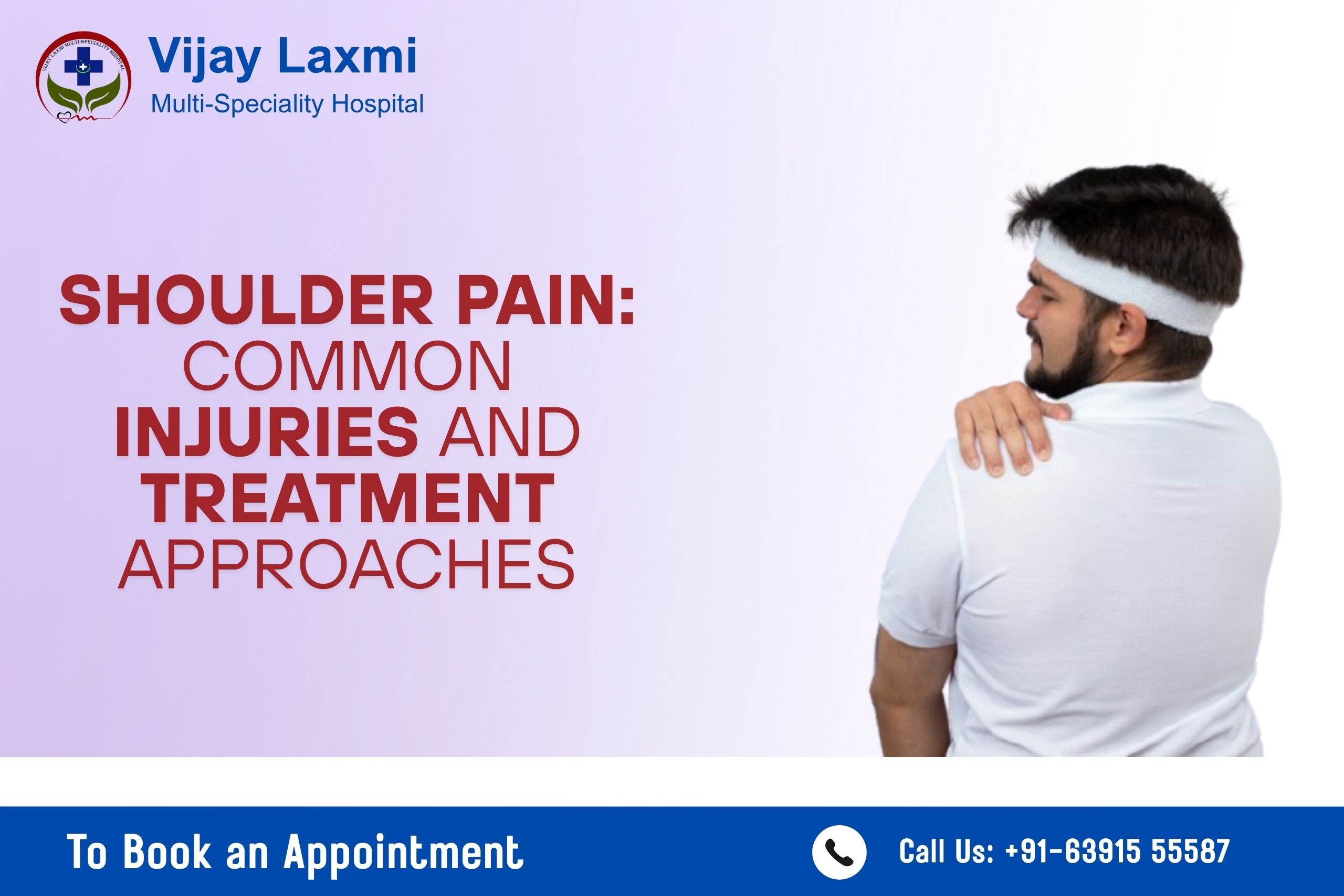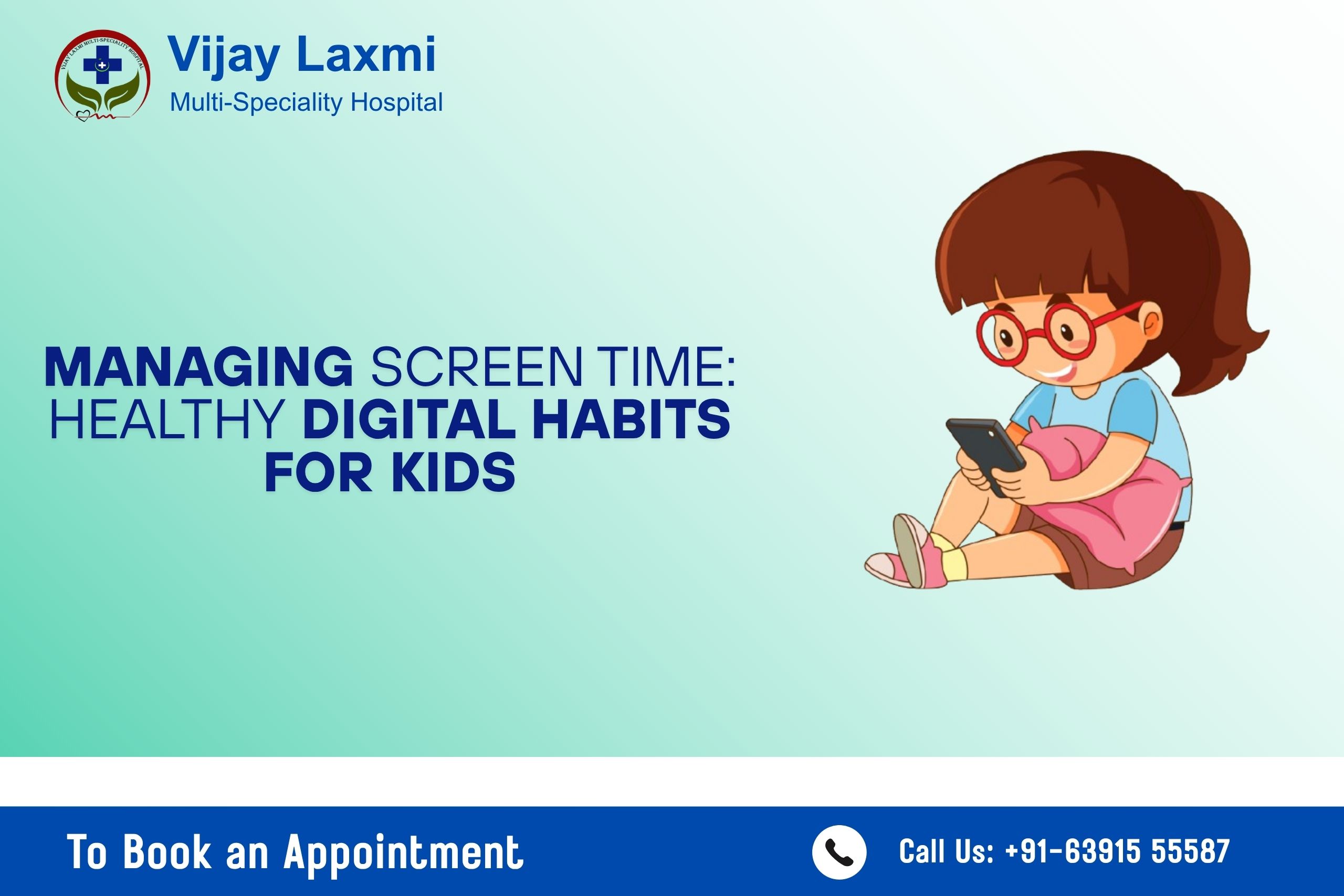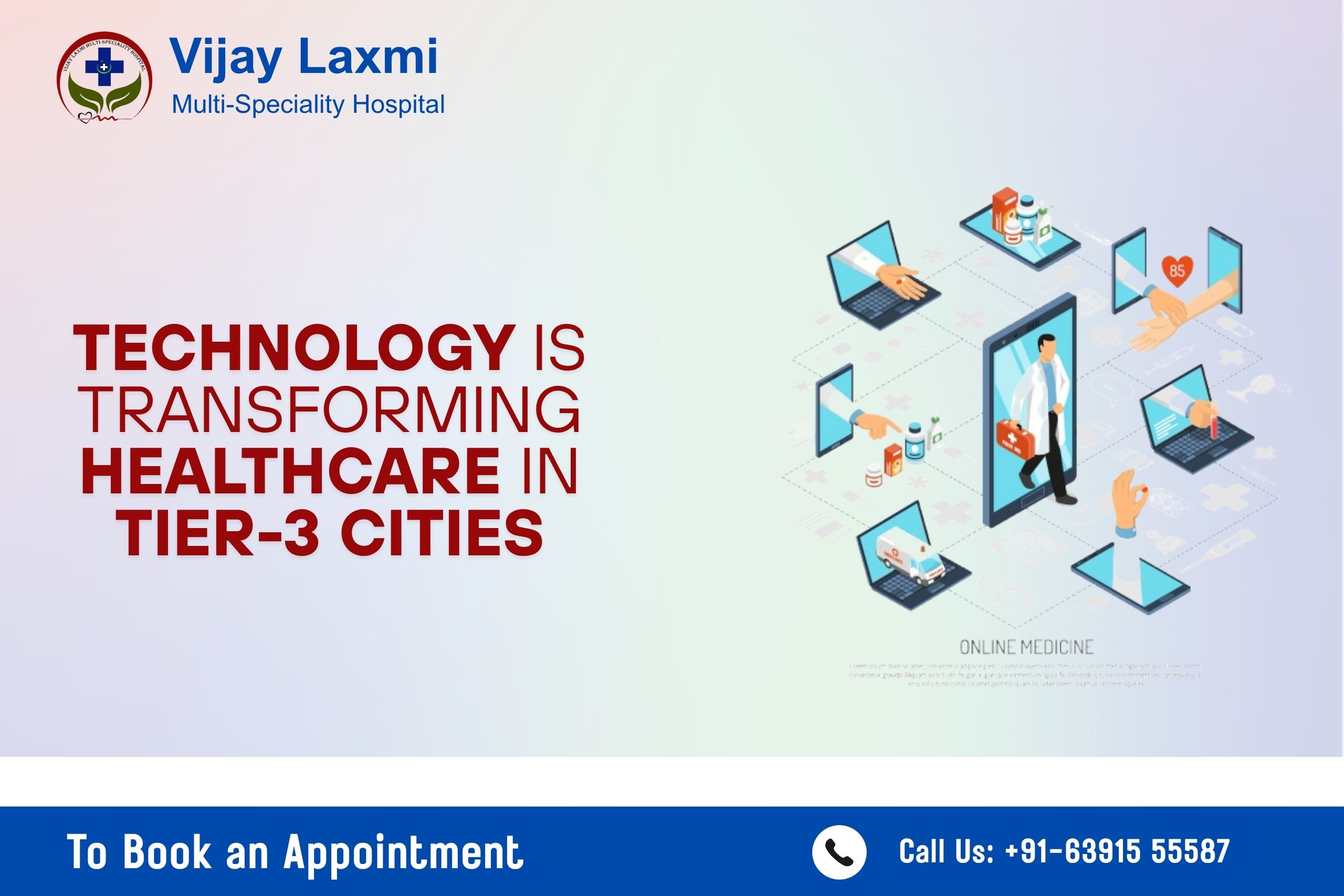
How Technology Is Transforming Healthcare in Tier-3 Cities
Healthcare in India has traditionally been concentrated in metro and tier-1 cities, leaving tier-2 and tier-3 cities underserved. These smaller cities often face challenges such as fewer medical specialists, limited diagnostic facilities, and long travel times for quality care. However, technology in healthcare for tier-3 cities is rapidly bridging this gap, ensuring that residents now have better access to quality medical services.
From telemedicine and AI-powered diagnostics to electronic health records and mobile health apps, digital transformation is reshaping how people in smaller cities approach healthcare. This article explores the key ways technology in healthcare for tier-3 cities is transforming access, the benefits, challenges, and what the future holds.
Telemedicine: Bringing Healthcare to Your Doorstep
One of the most significant advancements driving technology in healthcare for tier-3 cities is telemedicine. It allows patients to consult doctors remotely using smartphones, computers, or telehealth kiosks, bringing expert care right to their homes.
Benefits for Tier-3 Cities:
- Access to Specialists: Residents no longer have to travel to metro cities for consultations with cardiologists, pediatricians, or endocrinologists.
- Time and Cost Savings: Avoids long commutes and reduces the cost of travel, accommodation, and lost wages.
- Continuity of Care: Chronic patients, such as those with diabetes, hypertension, or developmental concerns, can maintain regular check-ins with doctors.
Platforms like Practo, 1mg, and government-backed telemedicine programs are thriving in smaller towns.
Dr. Gunjan Patel, a leading pediatrician and head of the Pediatrics Department at Vijay Laxmi Multi-Speciality Hospital, Jaunpur, explains,
Telemedicine has revolutionized pediatric care. Parents can now get timely advice for childhood illnesses, growth, and development without unnecessary travel.
AI and Machine Learning in Diagnostics
Artificial Intelligence (AI) and Machine Learning (ML) are at the heart of technology in healthcare for tier-3 cities, transforming diagnostics and treatment outcomes.
Applications:
- AI-Powered Imaging: Detects anomalies in X-rays, MRIs, and ultrasounds with high accuracy.
- Predictive Analytics: Helps predict patient risks for conditions like diabetes, heart disease, and childhood disorders.
- Lab Automation: Reduces human error and improves turnaround time in diagnostics.
These innovations allow hospitals in smaller cities to deliver metro-level diagnostic precision. Dr. Gunjan Patel notes that AI-driven systems help pediatricians identify early developmental or nutritional issues in children more accurately and quickly.
Electronic Health Records (EHRs) and Cloud-Based Systems
EHRs are a cornerstone of technology in healthcare for tier-3 cities, enabling data-driven and coordinated patient care.
Advantages:
- Centralized Patient Data: Doctors can instantly access medical histories, lab reports, and prescriptions.
- Continuity Across Hospitals: Patients visiting multiple facilities receive connected and consistent care.
- Population Health Insights: Hospitals can track community health trends and design preventive programs.
At Vijay Laxmi Multi-Speciality Hospital, Dr. Gunjan Patel emphasizes how digital records improve pediatric follow-ups:
“Accurate, cloud-based EHRs make it easier to monitor a child’s growth, vaccination, and long-term development.”
Mobile Health Apps: Empowering Patients
Mobile health apps have become one of the most visible forms of technology in healthcare for tier-3 cities. With smartphone access growing rapidly, these apps allow patients to:
- Book online appointments
- Access video consultations
- Get medication reminders
- Track key health metrics such as blood pressure, sugar levels, or child milestones
For parents, this is especially useful. Through tele-pediatric apps, families in smaller towns can consult experts like Dr. Gunjan Patel for guidance on nutrition, immunization, and developmental concerns.
Wearable Devices and Remote Monitoring
Wearables are another growing aspect of technology in healthcare for tier-3 cities, enabling continuous health tracking and preventive care.
Benefits:
- Early Detection: Identifies irregular heartbeats, sleep issues, or glucose variations early.
- Chronic Disease Management: Allows doctors to receive real-time data from patients.
- Patient Engagement: Encourages individuals to be more involved in their health decisions.
Dr. Gunjan Patel highlights that wearable monitoring is particularly effective in pediatrics for tracking respiratory issues, sleep patterns, and physical activity in children.
E-Pharmacies and Online Health Services
The rise of e-pharmacies marks another milestone in technology in healthcare for tier-3 cities, ensuring easy access to medicines.
These platforms offer:
- Home delivery of prescribed medicines
- Availability of specialized drugs
- Subscription-based medicine services for chronic conditions
For families, especially those with children, this convenience ensures they never miss vital doses or supplies. Online services also provide dosage reminders and interaction checks, improving adherence and safety.
AI Chatbots and Virtual Assistants in Healthcare
AI-powered chatbots have emerged as valuable tools within technology in healthcare for tier-3 cities, especially where in-person access to doctors is limited.
They can:
- Answer common medical queries
- Schedule appointments
- Offer first-aid and home-care guidance
These tools are making healthcare information more accessible and reliable, reducing pressure on medical staff.
Challenges in Implementing Technology in Tier-3 Healthcare
While technology in healthcare for tier-3 cities offers immense benefits, several challenges remain:
- Infrastructure Gaps: Internet connectivity and diagnostic availability still vary.
- Digital Literacy: Some patients, especially older ones, find mobile health platforms difficult to use.
- Cost Barriers: Smaller hospitals face high initial costs for implementing AI and EHR systems.
Despite these challenges, initiatives under Digital India and public-private partnerships are steadily improving access and affordability.
The Role of Hospitals and Doctors in Driving Change
Hospitals like Vijay Laxmi Multi-Speciality Hospital, Jaunpur, are leading examples of how technology in healthcare for tier-3 cities can improve outcomes.
Dr. Gunjan Patel, pediatrician and head of the Pediatrics Department, is pioneering the use of tele-pediatrics, remote growth monitoring, and digital health education for parents.
Her team’s use of AI-based diagnostics and digital child records ensures early intervention and consistent, high-quality care for children — even in semi-urban regions.
The Future of Healthcare in Tier-3 Cities
The future of technology in healthcare for tier-3 cities looks exceptionally promising with trends such as:
- AI-enhanced diagnostics for rapid disease detection
- Wearable-AI integration for proactive alerts
- Blockchain-based patient records for security
- Personalized medicine based on genetics and environment
- Expanded telemedicine for pediatrics, chronic care, and mental health
As innovation continues, smaller cities will stand shoulder-to-shoulder with metros in delivering modern healthcare.
Final Thoughts
Technology in healthcare for tier-3 cities is no longer a concept of the future, it’s happening now. From telemedicine to AI diagnostics and wearables, technology is revolutionizing how care is delivered and accessed.
At the forefront of this transformation are hospitals like Vijay Laxmi Multi-Speciality Hospital, Jaunpur, where Dr. Gunjan Patel, head of the Pediatrics Department, is ensuring that even families in smaller towns receive timely, tech-enabled, and compassionate care.
As India’s healthcare ecosystem evolves, technology will remain the bridge connecting smaller cities to better health, stronger communities, and brighter futures.
Call Us: 063915 55587
Visit Us: Laxmi Complex, Jaycees Chauraha, Azamgarh Rd, Pratap Colony, Jaunpur, Uttar Pradesh 222002
Disclaimer:
The information provided in this article is for educational and informational purposes only and is not a substitute for professional medical advice, diagnosis, or treatment. Always consult a qualified healthcare provider






